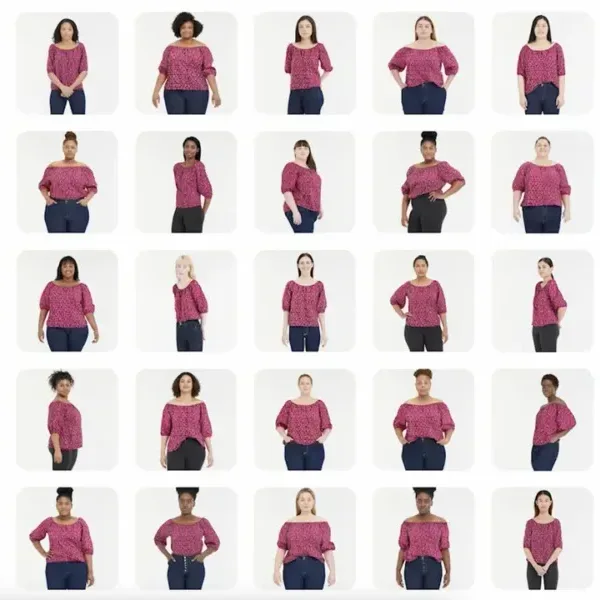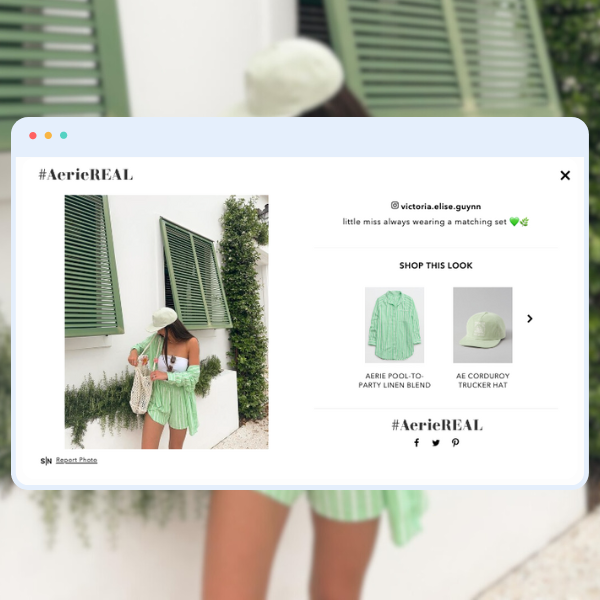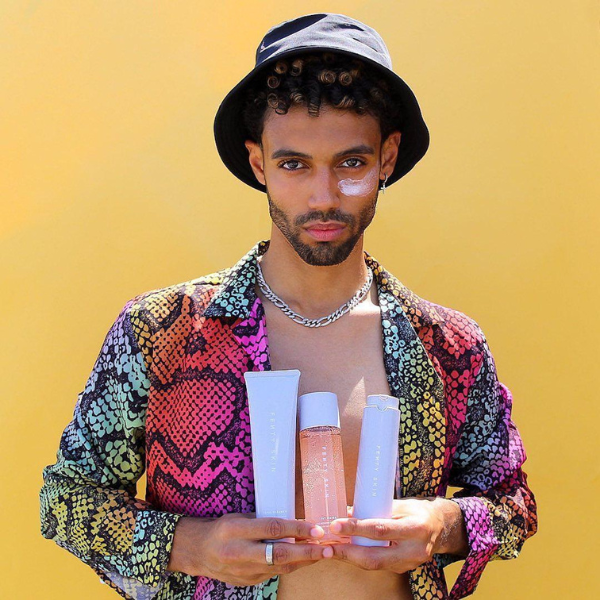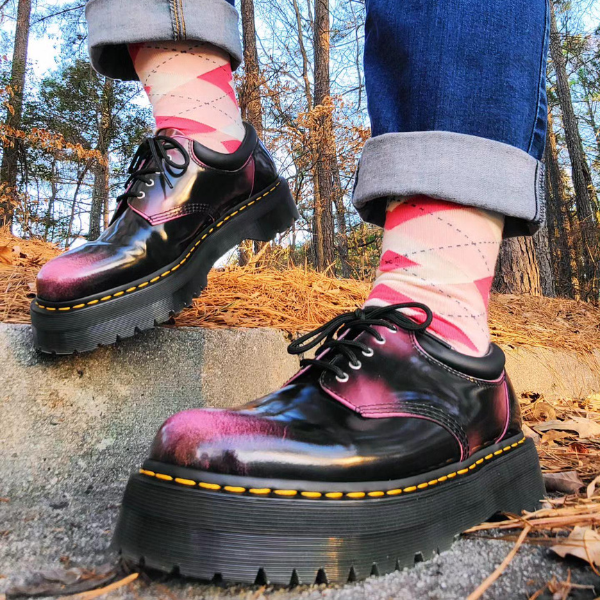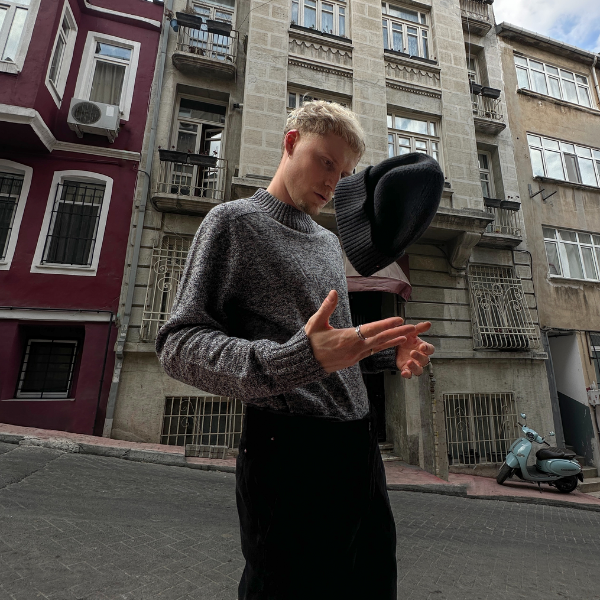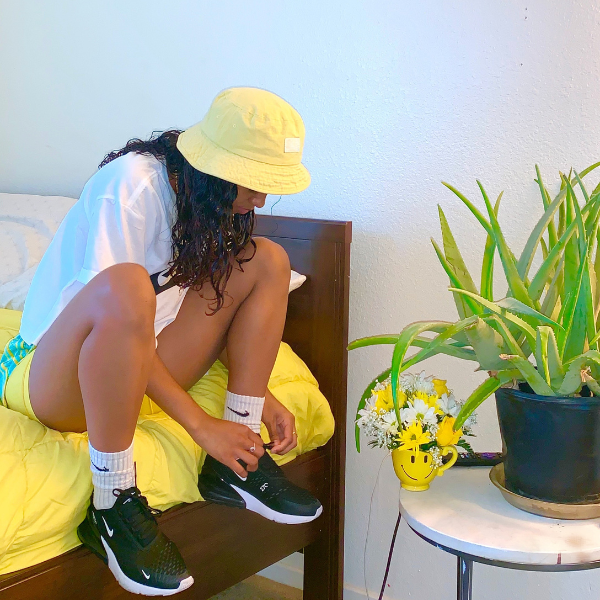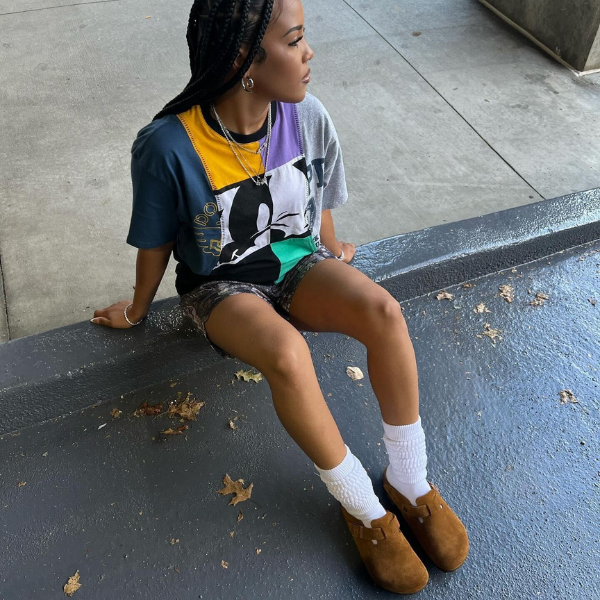The Battle for Online Shopping Influence
How is AI transforming the shopping experience? Google has rolled out new features for its online shopping experience that are designed to help users search for clothes in more detail and better visualize how clothing will look on different body types.
Google Shopping users in the US can access a virtual try-on experience that realistically displays how an item of clothing will look on a selection of real human models. These models are available with various skin tones, ethnicities, hair types, and body shapes, ranging in size between XXS and 4XL to help users see how a piece of clothing will look on a body type that looks similar to their own.
Initially, only women’s tops from a selection of brands like H&M, Anthropologie, Everlane, and Loft will be available for the virtual try-on experience, with Google claiming that men’s tops and “other apparel” will be available sometime later this year. The feature has been designed to help shoppers avoid disappointment by accurately visualizing what an item of clothing will look like before they buy it.
Insights that Google AI wishes to solve with online shopping
- 59% of online shoppers are disappointed with a clothing purchase because they expected it to look different on their bodies.
- 42% don’t feel represented by online clothing models.
How does Google generative AI work?
The new Google Shopping virtual try-on experience uses a diffusion-based generative AI model, which is trained by adding Gaussian noise to an image that the model then learns how to remove to generate realistic images. The process allows Google’s AI model to realistically depict how an item of clothing would wrinkle, drape, fold, cling, and stretch on the available range of diverse models, regardless of what angle or pose they’re in. Foreseeing possible backlash of AI replacing real models, Google makes it a point that with their feature — AI is simply used to shape the clothing around images of these human models.
New filters are also being introduced to Google Shopping that are designed to help users find exactly what they’re looking for, such as a similar but cheaper alternative to a shirt or a jacket in a different pattern. Machine learning and visual matching algorithms allow users to refine inputs like color, style, and patterns across various online clothing stores to find an item that best matches their requirements. The feature is available now within product listings on Google Shopping and is similarly limited to tops — Google has not mentioned when this will be expanded into other types of apparel.
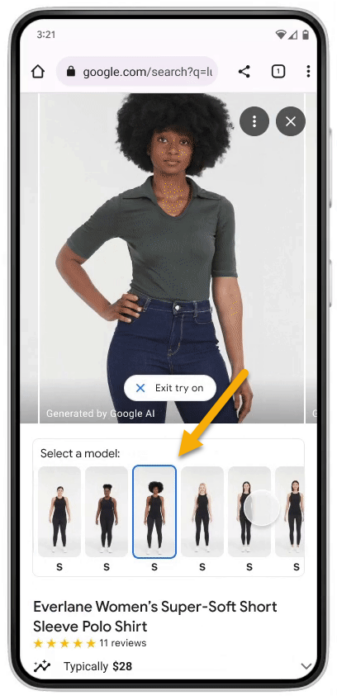

The role of AI in the content creation industry
While these features may seem innovative and convenient for online shoppers, they also raise some questions about the role of AI in the content creation industry.
- How does AI affect the authenticity and diversity of online content?
- How does AI impact the livelihoods and opportunities of real creators and influencers?
As experts in this industry and having activated over 1M creators for thousands of brands, we believe that AI cannot replace the need for using real creators and influencers.
What AI cannot do
AI can be a useful tool for enhancing and optimizing content creation, but it cannot replicate the human touch and emotion that real creators and influencers bring to their content. Real people have unique personalities, stories, skills, talents, knowledge and expertise that make them stand out from the crowd and connect with their followers. They also have a deep understanding of their niche and their audience’s preferences, needs and pain points.
How brands can leverage AI
Brands should leverage AI to complement and support real creators and influencers, rather than replace them. For example, AI can help brands find and partner with the right creators and influencers for their goals, analyze content performance data and provide optimization recommendations, or automate and enhance the editing process for images and videos. However, AI cannot replace the creative vision, voice and value that real creators and influencers offer to brands and consumers.
Real creators and influencers can help brands:
- Build trust and loyalty with their target audience.
- Increase their social impact and responsibility.
- Showcase the diversity and inclusivity of the online community, as well as raise awareness and support for various causes and movements.
- Provide honest feedback and reviews of products and services, as well as inspire and educate their followers.
We’re saying this now. Let’s look back in a year. 💯
AI is a powerful and promising technology that can enhance the content creation industry, but it should not overshadow or undermine the role of real creators who are the backbone of the creator economy.
✅ Learn how Social Native’s all-in-one platform can help you source, distribute, and measure social content across the entire consumer journey.

